The famous Viennese company E. Bakalowits Söhne was founded in 1845 by Elias Bakalowits.
As a purveyor to the court of the k.u.k. Monarchy, the company was particularly famous for its crystal chandeliers, which were commissioned by Emperor Franz Joseph to furnish the Hofburg and other buildings, and which it also exported overseas from 1885.
After the death of Elias Bakalowits, his son Ludwig took over the business. As a founding member of the Vienna Secession and the Vienna Arts and Crafts Association, he was friends with artists such as Josef Hoffmann, Koloman Moser and Otto Prutscher, who produced designs for the glass publisher, which he then passed on to one of the Bohemian glass factories, in particular Loetz, for execution. After the Second World War, the company refitted important buildings in the city of Vienna, including St. Stephen's Cathedral, City Hall, the State Opera, the Burgtheater and the Parliament.
Ref.: W. Neuwirth, Das Glas des Jugendstils, Vienna, Prestel 1973 (Materialien zur Kunst des 19. Jahrhunderts. Vol. 9).
Commissioned work by the Lötz widow for Bakalowits Söhne
Even though the connection between the Lötz manufactory and the Bakalowits company in Vienna was maintained for more than three decades from the early 1890s to the second decade of our century, the noteworthy results of this collaboration date from a relatively short period around 1900. The interplay between the excellent technological and technical capabilities of the glassworks and the design creativity of the artists working with Bakalowits was reflected in a large number of glasses, most of which were produced between 1899 and 1903. However, the significance of Bakalowits' orders cannot only be seen in their quantity, although the company was Lötz's most important partner in this respect at the time. [...]
The first extensive collection of vases based on designs by Kolo Moser and Robert Holubetz dates from the second half of 1900. It was intended for the VIII. Exhibition of the Vienna
Secession and, like the oldest vases by Moser and Hoffmann for Bakalowits from that year, was executed in the monochrome Olympia version. [...]
The collaboration between Bakalowits and the artists working for him and the Lötz manufactory reached its peak in 1901 and 1902. The last important decoration, which was produced in the second half of 1903, was called "Zebra". It is usually attributed to Kolo Moser, and its simple geometric pattern already indicates the direction that was to be continued in the later designs by Hoffmann and Powolny.
Ref.: H. Ricke (ed.), Lötz, Böhmisches Glas 1880 - 1940, Vienna, p. 172 ff.

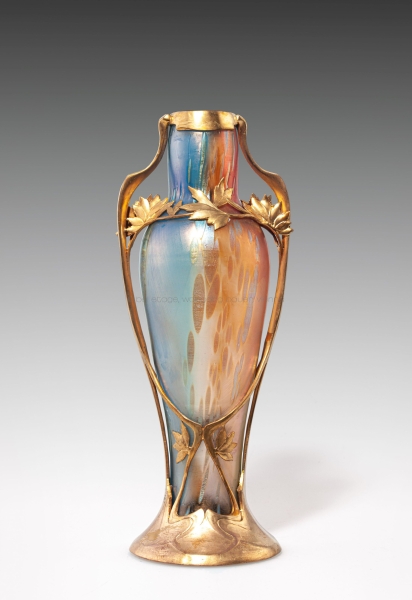 VASE WITH GILT BRASS MOUNT
VASE WITH GILT BRASS MOUNT 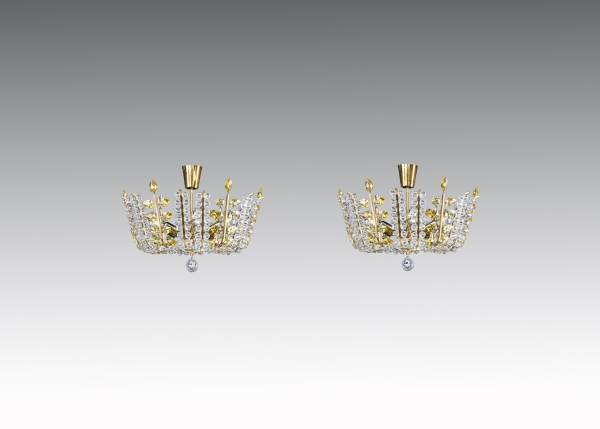 A PAIR OF CHANDELIERS
A PAIR OF CHANDELIERS 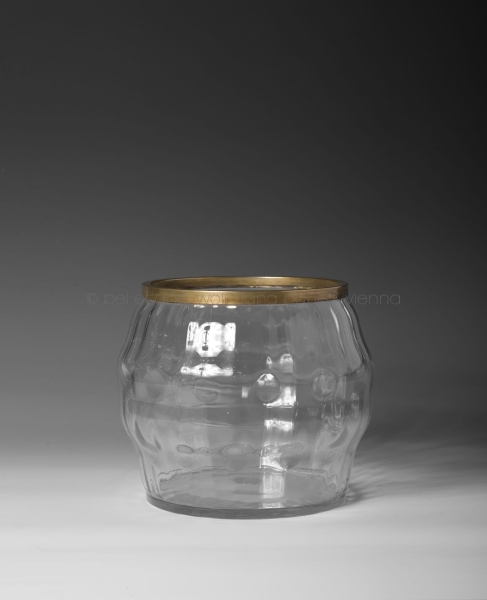 PUNCHBOWL
PUNCHBOWL 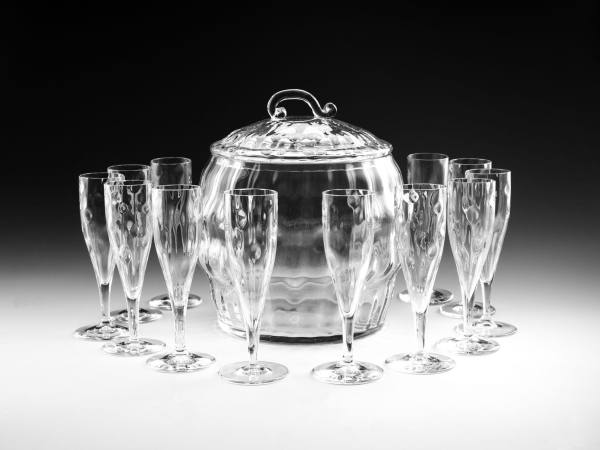 SET OF GLASSWARE
SET OF GLASSWARE 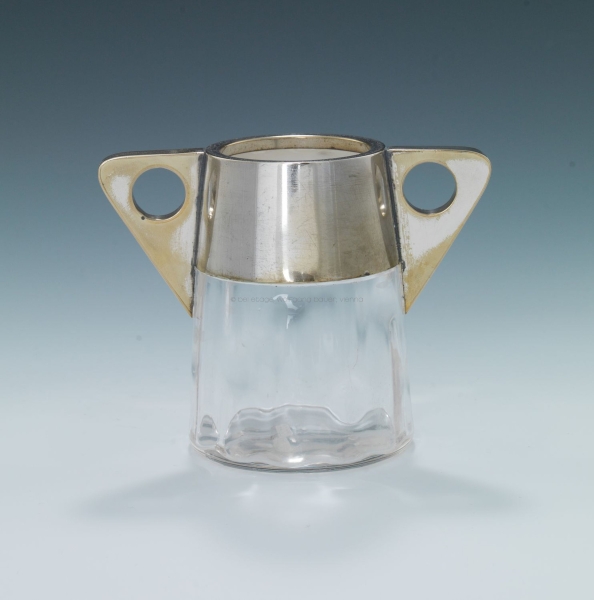 JAR
JAR 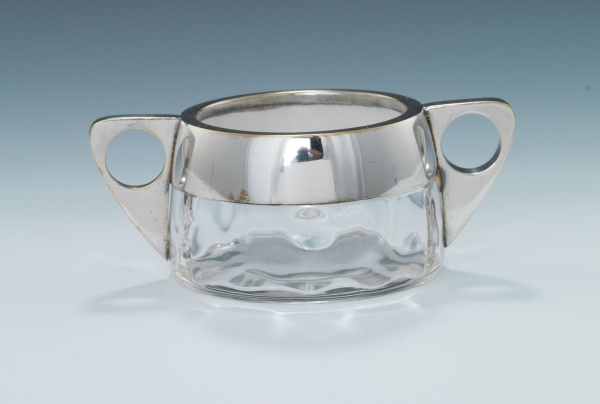 SUGAR BOWL
SUGAR BOWL 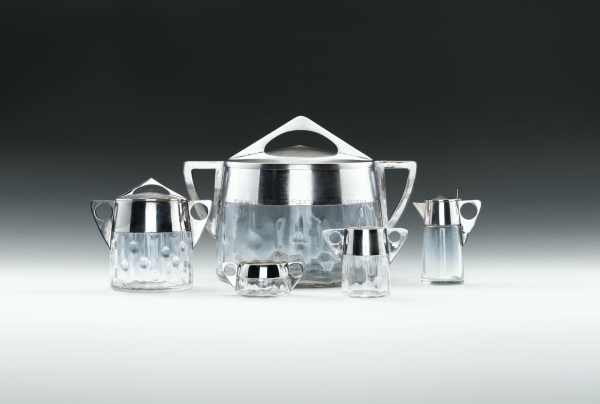 PAIR OF CONTAINERS
PAIR OF CONTAINERS 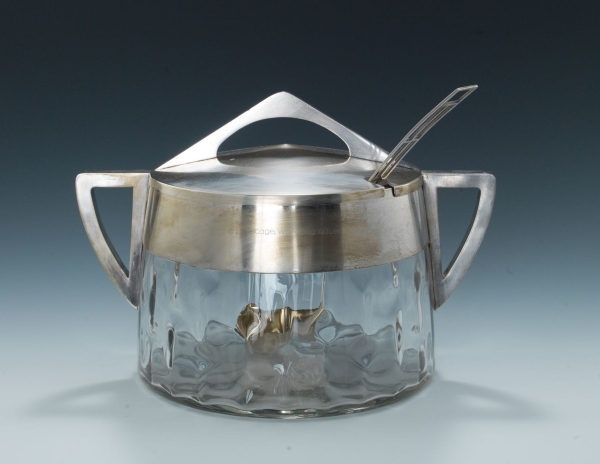 LARGE PUNCH BOWL WITH LID
LARGE PUNCH BOWL WITH LID 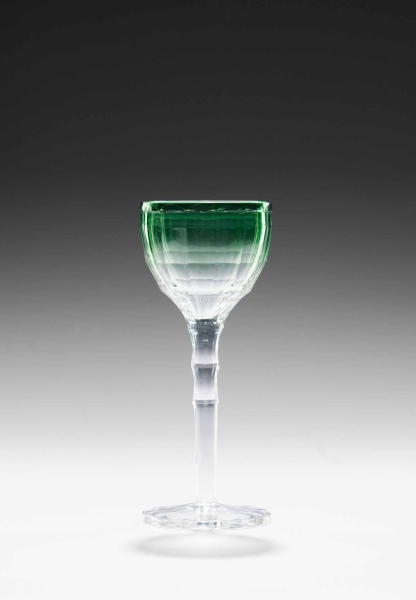 A PAIR OF MOSELLE WINE GLASSES
A PAIR OF MOSELLE WINE GLASSES 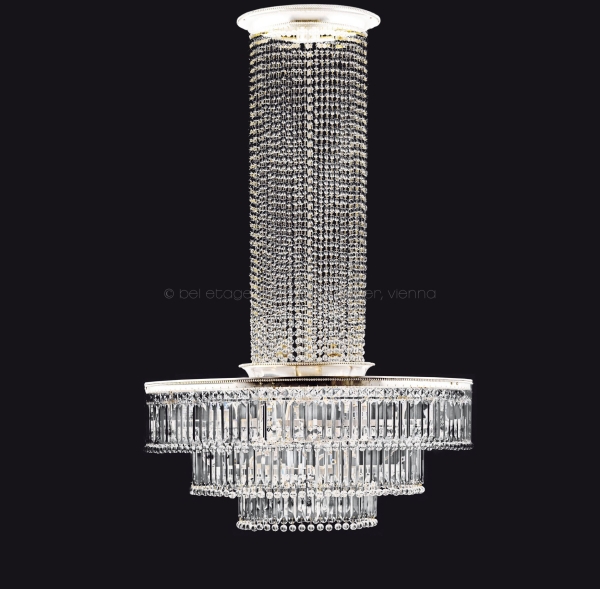 EXCELLENT SIXTEEN-BULB GLASS CHANDELIER
EXCELLENT SIXTEEN-BULB GLASS CHANDELIER 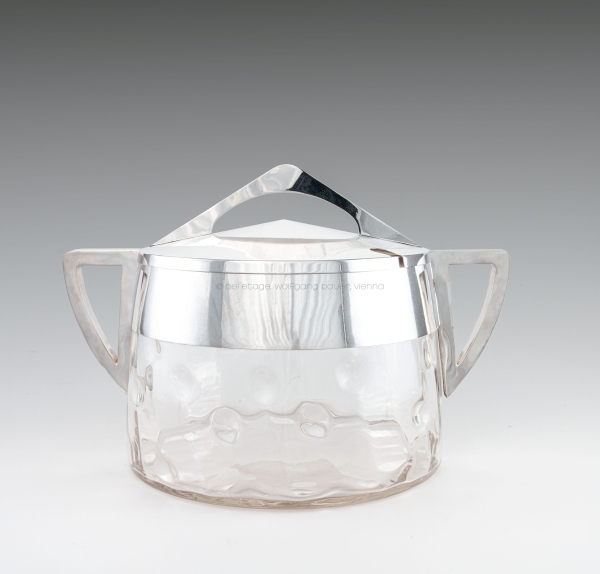 LARGE PUNCH BOWL WITH LID
LARGE PUNCH BOWL WITH LID 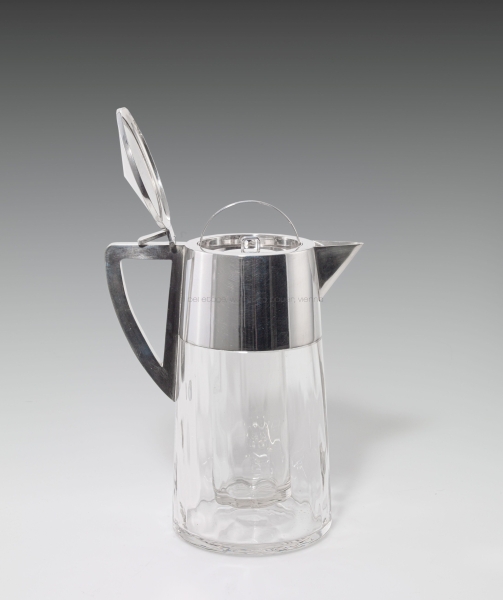 JUG WITH COOLER
JUG WITH COOLER 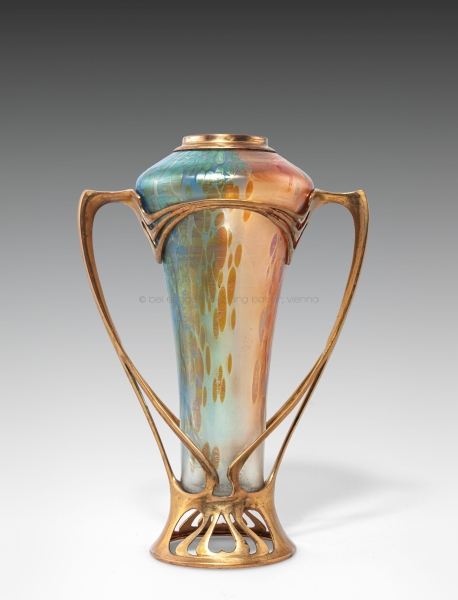 VASE WITH GILT BRASS MOUNT
VASE WITH GILT BRASS MOUNT 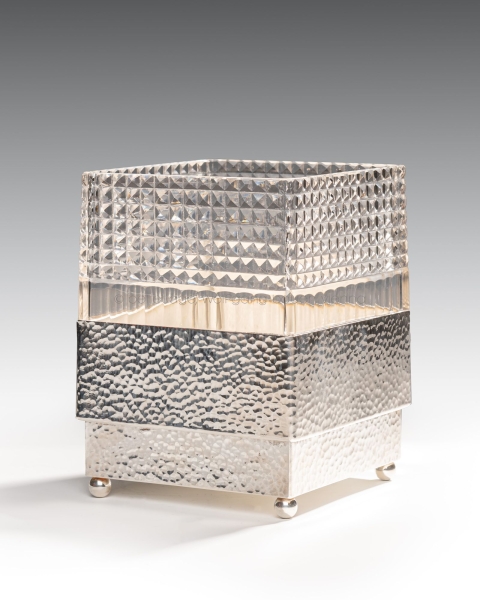 FLOWER CONTAINER
FLOWER CONTAINER 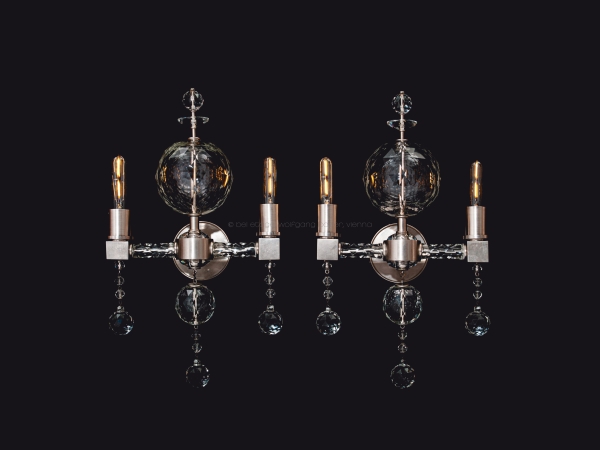 A PAIR OF WALL SCONCES
A PAIR OF WALL SCONCES 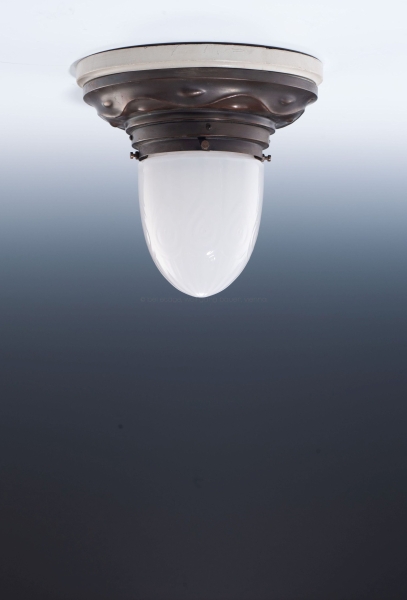 A SMALL CEILING LAMP
A SMALL CEILING LAMP 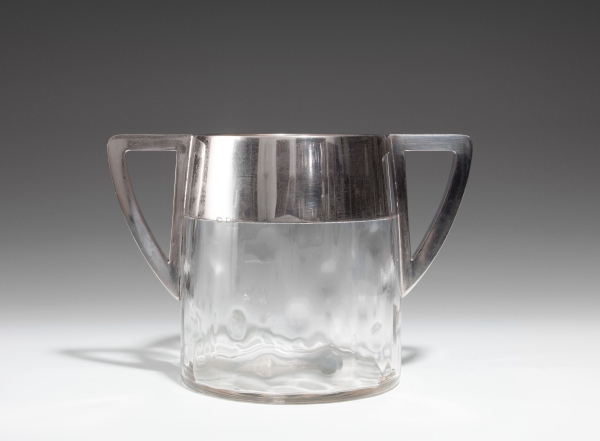 WINE COOLER
WINE COOLER 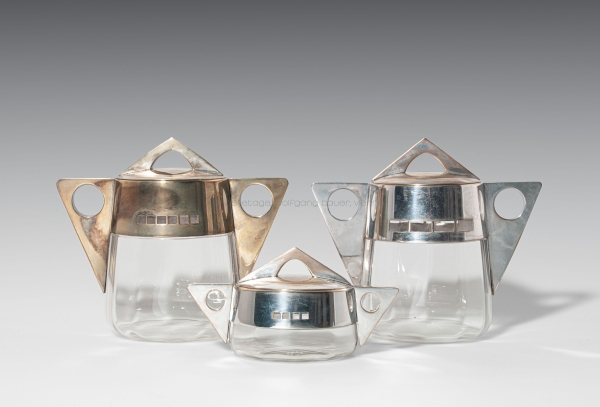 THREE LIDDED JARS
THREE LIDDED JARS 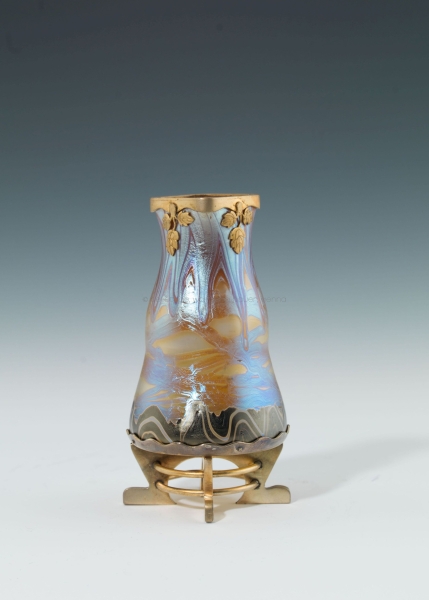 VASE WITH BRASS MOUNT
VASE WITH BRASS MOUNT 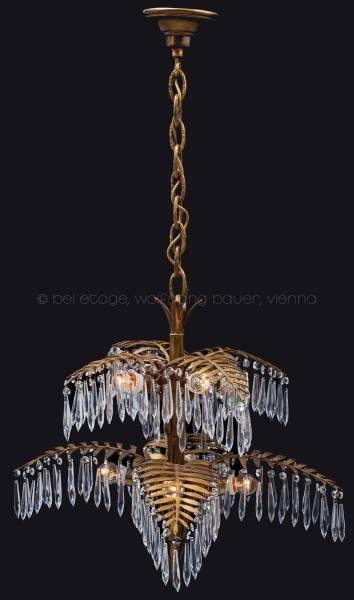 EIGHT-FLAME PALM-SHAPED GLASS CHANDELIER
EIGHT-FLAME PALM-SHAPED GLASS CHANDELIER 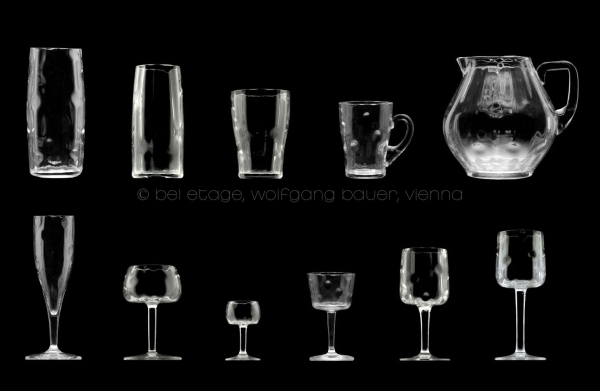 57-PIECE SET OF GLASSWARE
57-PIECE SET OF GLASSWARE 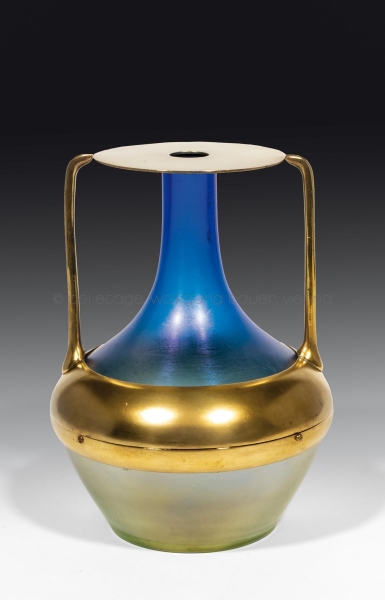 VASE WITH BRASS MOUNT
VASE WITH BRASS MOUNT 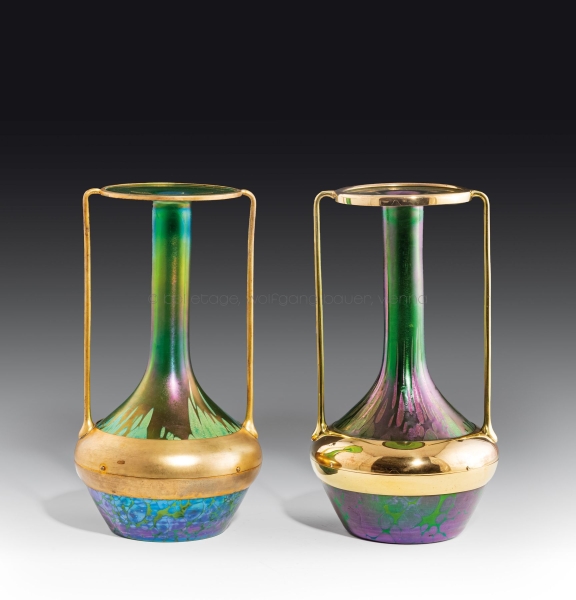 A PAIR OF VASES WITH BRASS MOUNT
A PAIR OF VASES WITH BRASS MOUNT 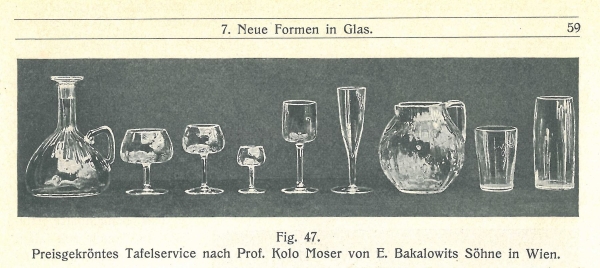 17-PIECE MUSEUM QUALITY DISPLAY SET
17-PIECE MUSEUM QUALITY DISPLAY SET 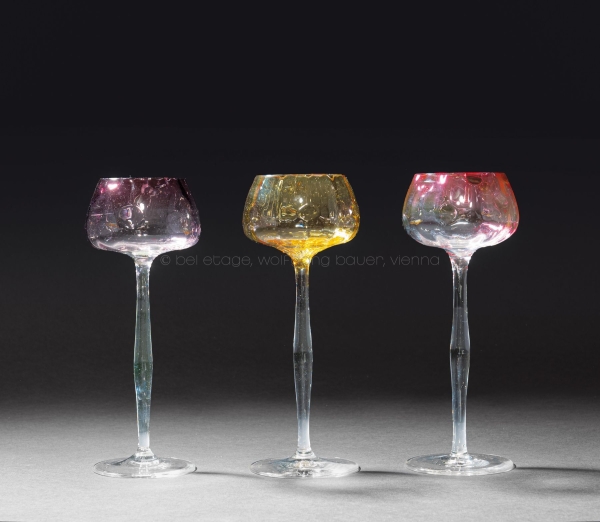 THREE WINE GLASSES
THREE WINE GLASSES